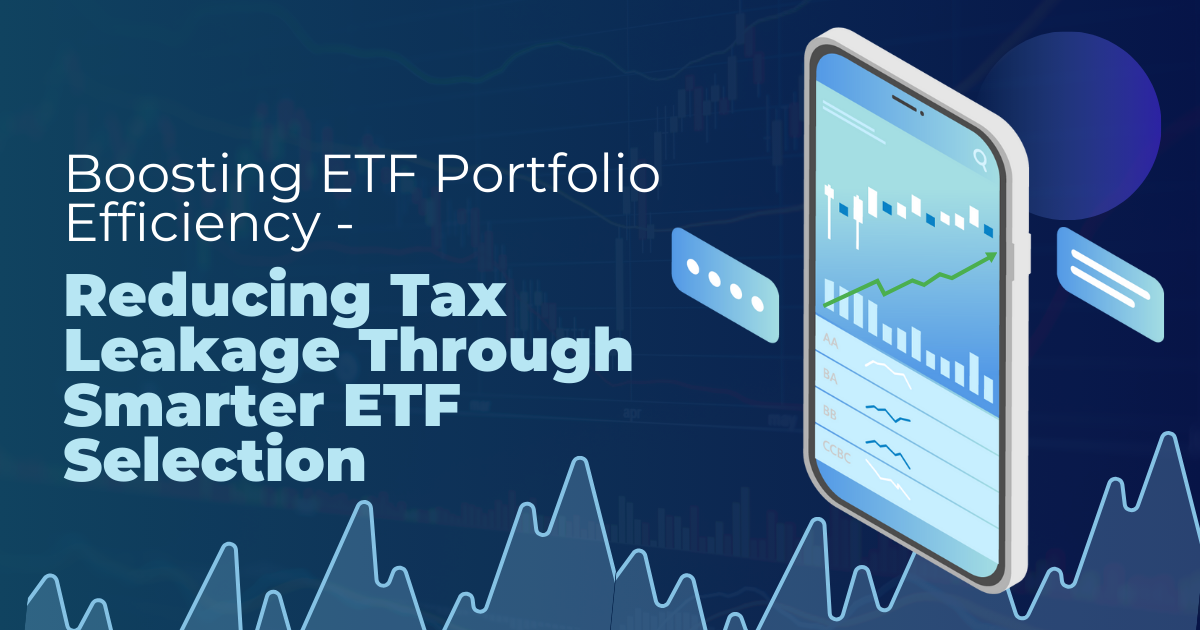Buy limit
Table of Contents
Buy limit
When buying stocks, there are a few options are available to investors. One of these options is a buy limit. This is the price at which a trader decides to purchase a security and is known as the “buy limit.”
Customers submit orders when they trade in the stock markets. Pre-determined price levels indicate a future sell or buy order for an asset. The order is carried out when the price of the asset hits the predetermined limit. The “buy limit” and “sell limit” are two common pending orders traders place in addition to buy stop and sell stop.
What is a buy limit?
A buy limit order instructs you to purchase a security at or under a specified price. This type of order is typically used by investors who believe that a stock is overvalued and will eventually fall to a certain price. If the stock does indeed fall to the specified price, the order will be executed, and the investor will purchase the shares.
A buy limit order is appropriate if an investor anticipates that the value of an asset will decrease. A market order is preferable if the investor doesn’t mind paying the present price or more if the asset starts to appreciate.
Benefits of a buy limit
When you place a buy limit order, you’re telling your broker that you only want to buy the stock if it reaches a certain price. This can be beneficial if you think a stock is overpriced at its current level and you’re waiting for a dip. Using a buy limit order, you can set your price and wait for the stock to reach it before buying. This can help you get a better price on the stock and avoid paying too much.
Advantages of buy limit
There are a few key advantages to using a buy limit order in the stock market.
- First, it can help you get a better price for your shares. If you know the stock is overvalued, you can place a buy limit order at a price below the current market price and hope that it gets executed. This way, you can buy the shares at a discount.
- Second, a buy limit order can help you manage your risk. If you place a buy limit order at a price below the current market price, you know that you will not pay more than that price for the shares. This can help you stay within your budget and avoid overpaying for shares.
- Third, a buy limit order can help you stay disciplined. It can be tempting to buy shares as soon as they start to rise in price, but this can often lead to overpaying. If you place a buy limit order, you will likely stick to your original plan and buy the shares at the price you wanted.
Overall, a buy limit order can be a helpful tool for investors. It can help you get a better price, manage risk, and stay disciplined.
Disadvantages of a buy limit order
There are a few potential disadvantages of using buy limit orders in the stock market.
- Limit orders can take longer to execute than market orders, so you may have to wait longer to get your hands on the stock.
- It can be a missed opportunity for investors or traders seeking to capitalize on the price movement. The most crucial factor for investors and traders is not just paying the right price for the asset but also seizing opportunity when it arises.
Examples of Buy Limit
Let’s say you want to buy shares of XYZ Company at 50 USD per share. You place a buy limit order for XYZ with a limit price of 50 USD. Your order will be executed if the stock price falls to 50 USD or below.
Frequently Asked Questions
With a buy limit order, traders may decide how much they will spend for an item and to acquire it at or below a given price. A limit order ensures that the investor will pay that amount or less when making a transaction.
It would help if you first decide your limit price for the stock you wish to purchase to place a buy limit order. The limit price is the highest sum you are ready to spend on security. Your order will be completed at your maximum price or less if it is triggered.
There are a few key reasons why traders might use a buy limit or sell limit order rather than a market order when participating in the stock market.
For one, using a limit order can help traders to control their entry and exit points better and can therefore help to minimize risk. Limit orders also offer protection against sudden market movements, as the order will only be executed at the specified price (or better).
Another reason to use a limit order is to benefit from exchange price fluctuations. By using a limit order, traders can target a specific price and may be able to sell or purchase shares at a more favorable rate than if they had used a market order.
Limit orders may be useful for traders who wish to reduce risk and have more command over their trading activity.
You instruct your broker to purchase the stock whenever it hits a specific price when you set a buy stop order. This price is typically above the current market price to ensure you get a good deal on the stock. A buy limit order is similar, but the price is typically below the current market price. This is to ensure that you are not overpaying for the stock.
When you place a buy stop limit order, you instruct your broker to buy a stock at a certain price. This price is typically above the current market price and is known as the stop price. Once the stop price is reached, your order becomes a limit order, and your broker will attempt to buy the stock at the limit price or better.
Most buy stop limit orders will remain active until the end of the trading day when they will be canceled if they have not been executed. However, you can also choose to place an order that lasts for a specific number of days or expires at a certain time.
Related Terms
- Non-Diversifiable Risk
- Liability-Driven Investment (LDI)
- Guaranteed Investment Contract (GIC)
- Flash Crash
- Cost Basis
- Deferred Annuity
- Cash-on-Cash Return
- Bubble
- Asset Play
- Accrued Market Discount
- Inflation Hedge
- Incremental Yield
- Holding Period Return
- Hedge Effectiveness
- Fallen Angel
- Non-Diversifiable Risk
- Liability-Driven Investment (LDI)
- Guaranteed Investment Contract (GIC)
- Flash Crash
- Cost Basis
- Deferred Annuity
- Cash-on-Cash Return
- Bubble
- Asset Play
- Accrued Market Discount
- Inflation Hedge
- Incremental Yield
- Holding Period Return
- Hedge Effectiveness
- Fallen Angel
- EBITDA Margin
- Dollar Rolls
- Dividend Declaration Date
- Distribution Yield
- Derivative Security
- Fiduciary
- Current Yield
- Core Position
- Cash Dividend
- Broken Date
- Share Classes
- Valuation Point
- Breadth Thrust Indicator
- Book-Entry Security
- Bearish Engulfing
- Core inflation
- Approvеd Invеstmеnts
- Allotment
- Annual Earnings Growth
- Solvency
- Impersonators
- Reinvestment date
- Volatile Market
- Trustee
- Sum-of-the-Parts Valuation (SOTP)
- Proxy Voting
- Passive Income
- Diversifying Portfolio
- Open-ended scheme
- Capital Gains Distribution
- Investment Insights
- Discounted Cash Flow (DCF)
- Portfolio manager
- Net assets
- Nominal Return
- Systematic Investment Plan
- Issuer Risk
- Fundamental Analysis
- Account Equity
- Withdrawal
- Realised Profit/Loss
- Unrealised Profit/Loss
- Negotiable Certificates of Deposit
- High-Quality Securities
- Shareholder Yield
- Conversion Privilege
- Cash Reserve
- Factor Investing
- Open-Ended Investment Company
- Front-End Load
- Tracking Error
- Replication
- Real Yield
- DSPP
- Bought Deal
- Bulletin Board System
- Portfolio turnover rate
- Reinvestment privilege
- Initial purchase
- Subsequent Purchase
- Fund Manager
- Target Price
- Top Holdings
- Liquidation
- Direct market access
- Deficit interest
- EPS forecast
- Adjusted distributed income
- International securities exchanges
- Margin Requirement
- Pledged Asset
- Stochastic Oscillator
- Prepayment risk
- Homemade leverage
- Prime bank investments
- ESG
- Capitulation
- Shareholder service fees
- Insurable Interest
- Minority Interest
- Passive Investing
- Market cycle
- Progressive tax
- Correlation
- NFT
- Carbon credits
- Hyperinflation
- Hostile takeover
- Travel insurance
- Money market
- Dividend investing
- Digital Assets
- Coupon yield
- Counterparty
- Sharpe ratio
- Alpha and beta
- Investment advisory
- Wealth management
- Variable annuity
- Asset management
- Value of Land
- Investment Policy
- Investment Horizon
- Forward Contracts
- Equity Hedging
- Encumbrance
- Money Market Instruments
- Share Market
- Opening price
- Transfer of Shares
- Alternative investments
- Lumpsum
- Derivatives market
- Operating assets
- Hypothecation
- Accumulated dividend
- Assets under management
- Endowment
- Return on investment
- Investments
- Acceleration clause
- Heat maps
- Lock-in period
- Tranches
- Stock Keeping Unit
- Real Estate Investment Trusts
- Prospectus
- Turnover
- Tangible assets
- Preference Shares
- Open-ended investment company
- Ordinary Shares
- Leverage
- Standard deviation
- Independent financial adviser
- ESG investing
- Earnest Money
- Primary market
- Leveraged Loan
- Transferring assets
- Shares
- Fixed annuity
- Underlying asset
- Quick asset
- Portfolio
- Mutual fund
- Xenocurrency
- Bitcoin Mining
- Option contract
- Depreciation
- Inflation
- Cryptocurrency
- Options
- Fixed income
- Asset
- Reinvestment option
- Capital appreciation
- Style Box
- Top-down Investing
- Trail commission
- Unit holder
- Yield curve
- Rebalancing
- Vesting
- Private equity
- Bull Market
- Absolute Return
- Leaseback
- Impact investing
- Venture Capital
- Asset stripper
- Volatility
- Investment objective
- Annuity
- Sustainable investing
- Face-amount certificate
- Lipper ratings
- Investment stewardship
- Average accounting return
- Asset class
- Active management
- Breakpoint
- Expense ratio
- Bear market
- Hedging
- Equity options
- Dollar-Cost Averaging (DCA)
- Due Diligence
- Contrarian Investor
Most Popular Terms
Other Terms
- Protective Put
- Perpetual Bond
- Option Adjusted Spread (OAS)
- Merger Arbitrage
- Income Bonds
- Equity Carve-Outs
- Cost of Equity
- Earning Surprise
- Capital Adequacy Ratio (CAR)
- Beta Risk
- Bear Spread
- Ladder Strategy
- Junk Status
- Intrinsic Value of Stock
- Interest-Only Bonds (IO)
- Interest Coverage Ratio
- Industry Groups
- Industrial Bonds
- Income Statement
- Historical Volatility (HV)
- Flat Yield Curve
- Exotic Options
- Execution Risk
- Exchange-Traded Notes
- Event-Driven Strategy
- Eurodollar Bonds
- Enhanced Index Fund
- Embedded Options
- Dynamic Asset Allocation
- Dual-Currency Bond
- Downside Capture Ratio
- Dividend Capture Strategy
- Depositary Receipts
- Delta Neutral
- Deferment Payment Option
- Dark Pools
- Death Cross
- Debt-to-Equity Ratio
- Fixed-to-floating rate bonds
- First Call Date
- Financial Futures
- Firm Order
- Credit Default Swap (CDS)
- Covered Straddle
- Contingent Capital
- Conduit Issuers
- Company Fundamentals
- Commodities Index
- Chart Patterns
- Candlestick Chart
Know More about
Tools/Educational Resources
Markets Offered by POEMS
Read the Latest Market Journal

Recognising Biases in Investing and Tips to Avoid Them
Common biases like overconfidence, herd mentality, and loss aversion influence both risk assessment and decision-making....

What is Money Dysmorphia and How to Overcome it?
Money dysmorphia happens when the way you feel about your finances doesn’t match the reality...

The Employer’s Guide to Domestic Helper Insurance
Domestic Helper insurance may appear to be just another compliance task for employers in Singapore,...

One Stock, Many Prices: Understanding US Markets
Why Isn’t My Order Filled at the Price I See? Have you ever set a...

Why Every Investor Should Understand Put Selling
Introduction Options trading can seem complicated at first, but it offers investors flexible strategies to...

Mastering Stop-Loss Placement: A Guide to Profitability in Forex Trading
Effective stop-loss placement is a cornerstone of prudent risk management in forex trading. It’s not...

Boosting ETF Portfolio Efficiency: Reducing Tax Leakage Through Smarter ETF Selection
Introduction: Why Tax Efficiency Matters in Global ETF Investing Diversification is the foundation of a...

How to Build a Diversified Global ETF Portfolio
Introduction: Why Diversification Is Essential in 2025 In our June edition article (https://www.poems.com.sg/market-journal/the-complete-etf-playbook-for-singapore-investors-from-beginner-to-advanced-strategies/), we introduced...









